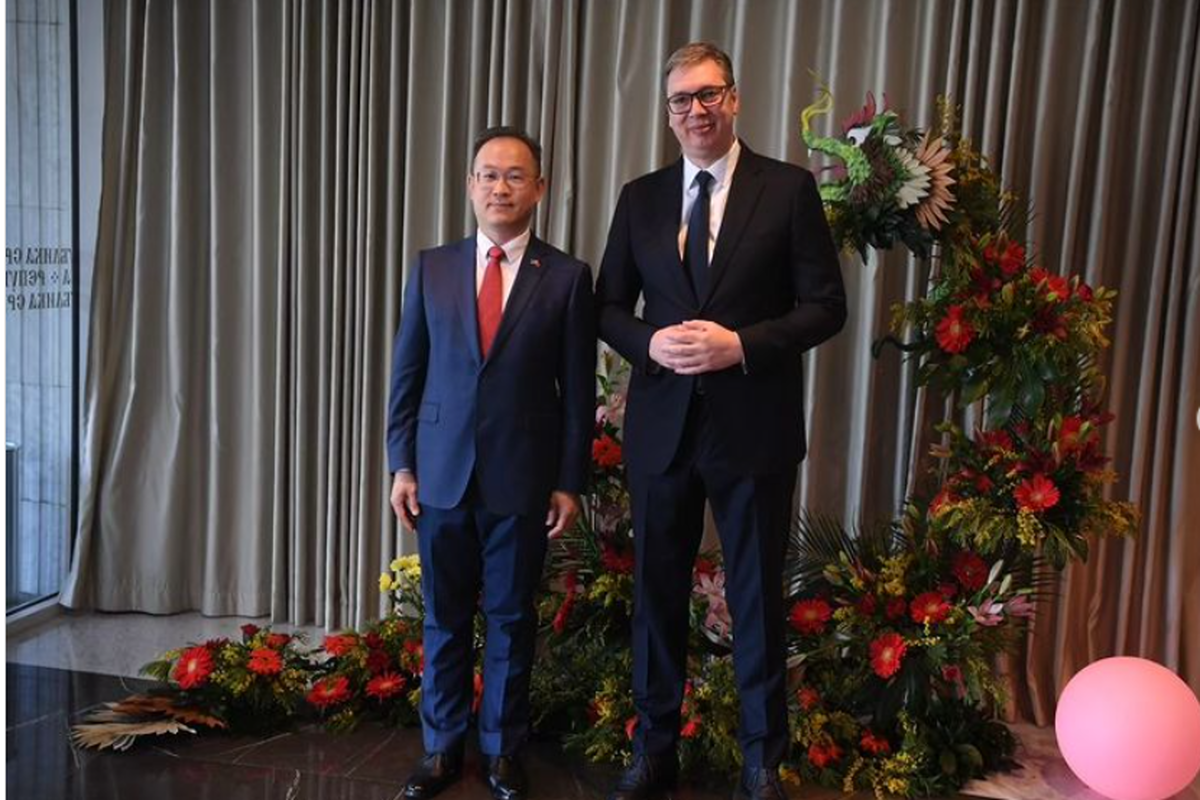Although there are activities and visible progress, it is necessary to engage even more in the implementation of the Action Plans of the Wastewater Management Strategy in Serbia, it is stated, among other things, in the report of the State Audit Institution (DRI) titled “Effectiveness of measures to protect water from pollution in order to improve water quality.”
According to the data of official statistics in 2021, only 28% of cities and municipalities had some kind of wastewater treatment provided before their discharge into rivers, while in 105 cities and municipalities, treatment of waste water discharged into public sewers was not provided. During the year 2022, 81.5% of the total wastewater discharged into public sewers was not subjected to purification treatment before being discharged back. Purification was provided for 18.5% of the total amount of wastewater discharged into public sewers, which is 3.2% more than in 2015.
In the mentioned report, it is further stated that based on the analysis of official statistical data on the change in the number of households connected to the sewage network in the period from 2016 to 2021, it was determined that the number of households connected to public sewage systems in 107 cities and municipalities increased in total for 112,971. According to official statistics, at the end of 2021, wastewater treatment with at least secondary treatment was provided in 36 cities and municipalities, of which five cities and municipalities did not have such treatment in 2015. The aforementioned changes also had an impact on the increase in the population’s connection to public sewage systems, where at least secondary wastewater treatment is provided.
In the period from 2016 to 2021, the number of households that have a connection to public sewerage with provided purification of municipal waste water with at least secondary treatment, in cities and municipalities where this treatment was provided even before 2016, increased by 26,353. In addition, in five cities and municipalities where at least secondary treatment of municipal wastewater was established in the same period, a total of 55,112 households were connected to the sewage network in 2021, which represents 68% of the total change in the number of households that have a connection to the public sewage system with at least secondary treatment of municipal waste water provided compared to 2015. In Water management strategies on the territory of the Republic of Serbia for the period from 2021 to 2023 it was planned to implement nine activities of construction, reconstruction or extension of wastewater treatment plants with expansion and reconstruction of the sewage network.
Progress in reducing discharged untreated wastewater in the Republic of Serbia is monitored through an indicator that shows the share of residents connected to urban wastewater treatment with at least secondary treatment. This indicator records constant growth, and in the period from 2016 to 2021 it increased by 3.85%. According to data published by the Statistical Unit of the United Nations, the share of household wastewater flows that are safely treated in the Republic of Serbia was 36.48% in 2022, which is 9.42% more than the published data for 2020. According to the data of the Environmental Protection Agency, the participation of water bodies that have good water quality in the environment (good ambient water quality) for the period from 2017 to 2019 is 69%, which is 1.6% more than for the period 2014-2016. years. Data on the share of water bodies with good water status on the United Nations Statistical Unit portal are available only for the year 2020. Between the values of this indicator for the year 2020 on the portal of the United Nations Statistical Unit and the Republic Institute of Statistics, there are differences, which are most pronounced when it comes to the participation of river water bodies with good water status, according to the report.
The implementation of the “Clean Serbia” Project is Serbia’s realistic answer and a sustainable solution for wastewater treatment, because the implementation of this project has two main programs: the construction of a sewage network and facilities for the treatment of wastewater and repair, reconstruction, recultivation and the construction of regional centers for solid municipal waste management. The project plans for the construction of 165 wastewater treatment plants. .











